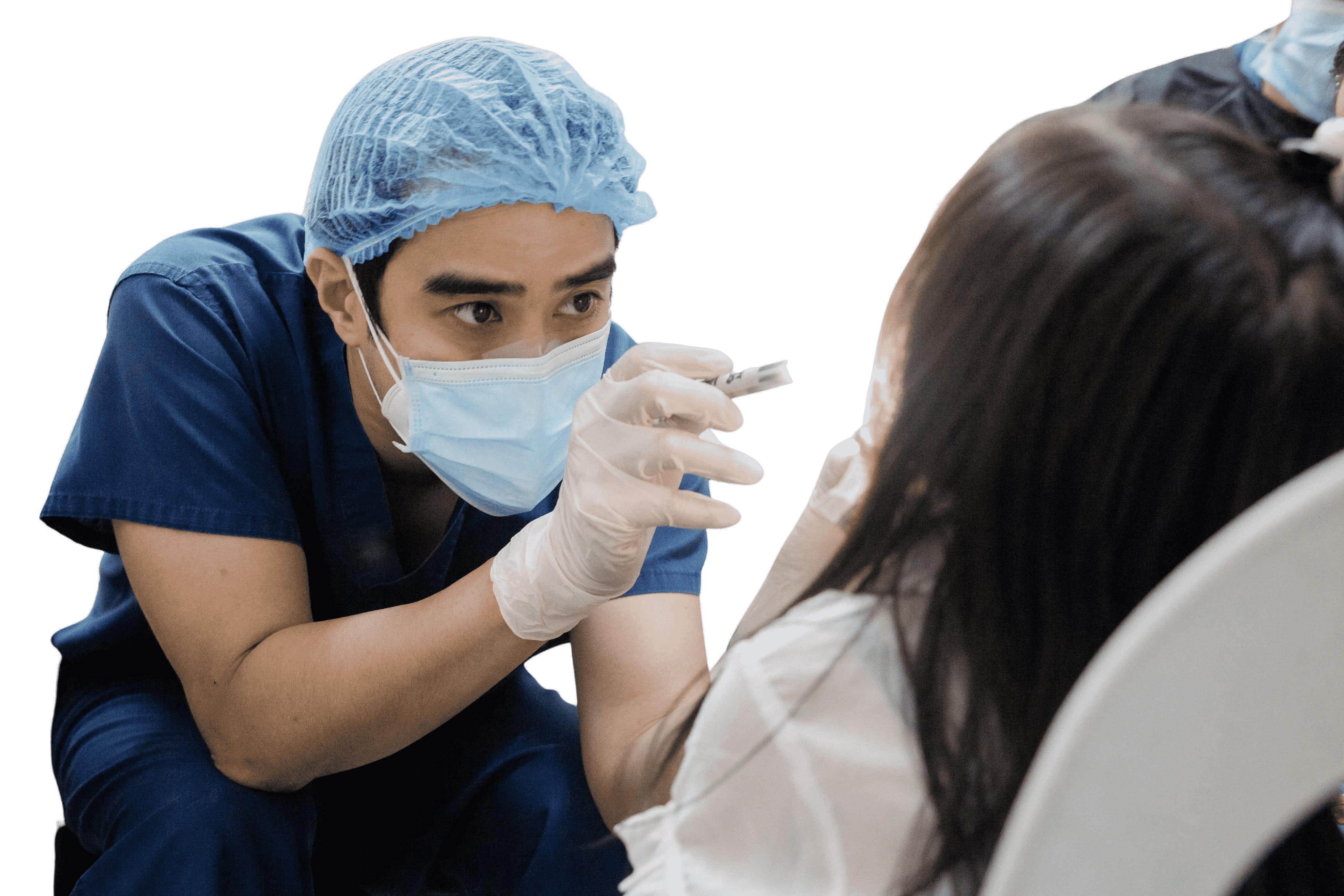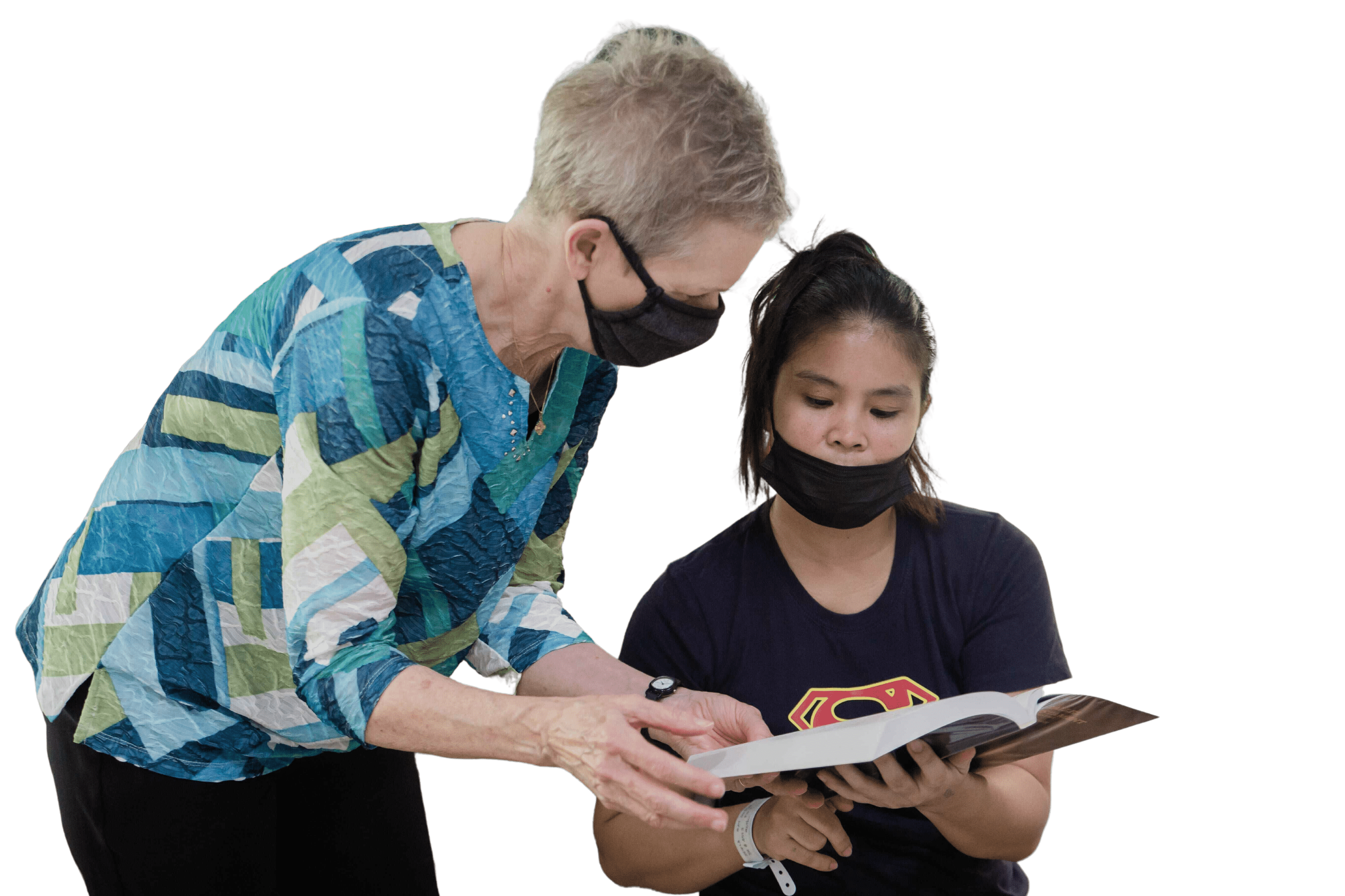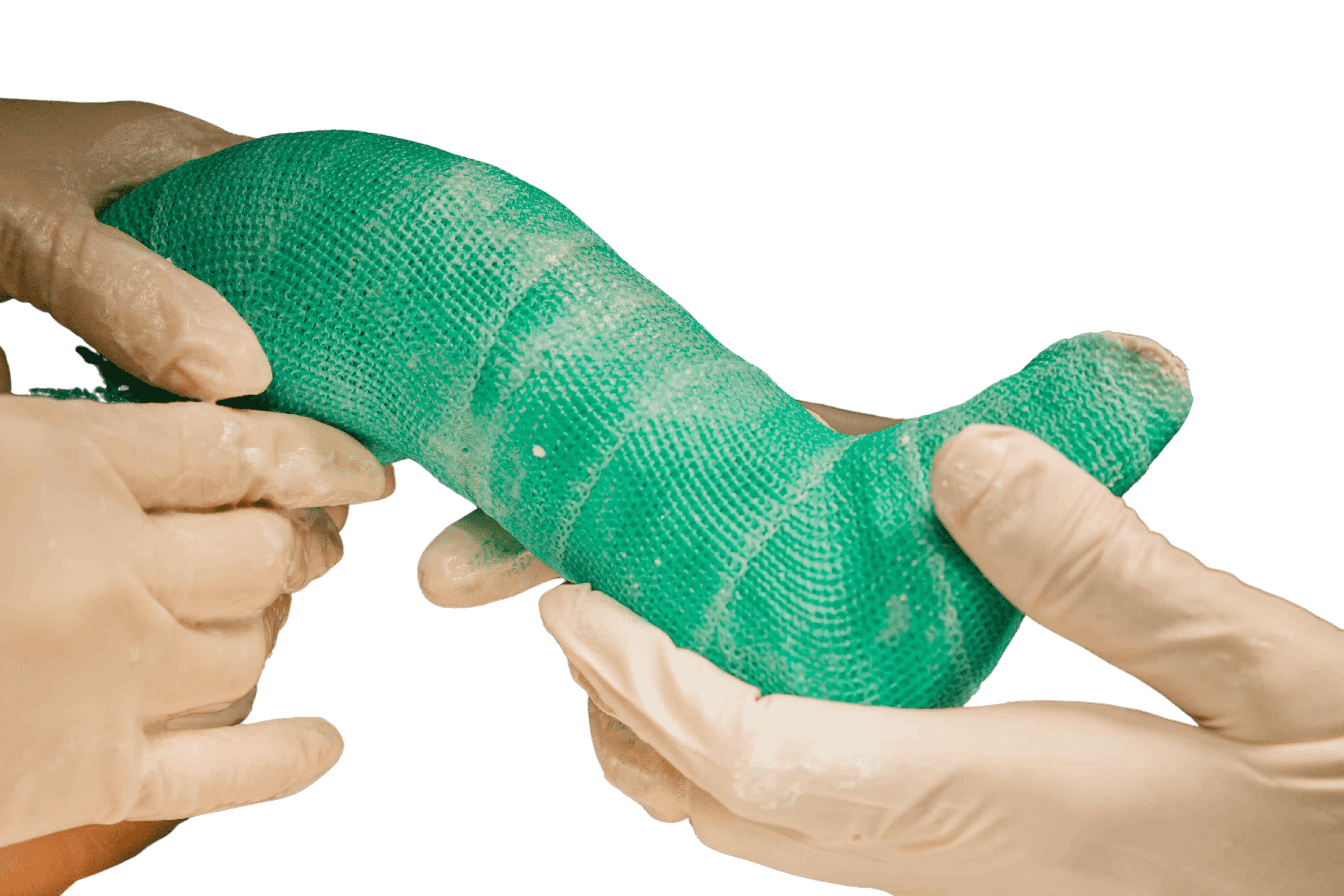The Philippines is an archipelagic country with over 7,600 islands and islets in Southeastern Asia, located in the Western Pacific Ocean. The Philippine islands are grouped into three main geographical areas, from North to South – Luzon, Visayas, and Mindanao. With its tropical climate, its wealth derives from a diversity of farmlands and aquatic resources.
Although abundant in natural resources (primarily, coconuts, bananas, pineapples, rubber, and rice), over 17 million Filipinos live in poverty. Natural disasters, such as earthquakes, typhoons, volcanic eruptions, floods, and drought) plague this region and contribute to the disparity between the country’s natural wealth and the poverty of its people. These disasters cause significant losses in the agricultural sector, which much of the population depends upon. Challenges in governance and hampered economic growth also make it difficult for many people to find and keep jobs.
With so many families striving to meet their basic needs like food and shelter, healthcare expenses are unlikely to be a priority. Private hospitals require a lump sum of cash for a down payment, while government hospital beds are mostly filled up and beyond capacity. There are few opportunities for medical treatment for the masses, especially for those with physical deformities. CURE estimates that 2 million Filipino children are unnecessarily living with treatable disabilities, and there are only 60 physicians per 100,000 people – to compare, the US has 260 per 100,00. The rural poor often look to traditional healers for treatment since they do not have access to a physician. This means that many vulnerable children are left to grow up with conditions that make their lives even more difficult.

The difficulties associated with medical care is why Alma never received prenatal care when she was pregnant. She gave birth to Harvey, who was born with a cleft lip and palate. The condition came as a surprise to Alma, but another surprise came when there was another baby on the way that same day! Harvey grew up with cleft lip and palate while his twin did not. Due to his condition, Harvey has speech defects making his childhood much more challenging. Afraid of being bullied at school, Harvey did his schoolwork while hiding at home.

Harvey, at CURE Philippines, ready to be treated for cleft lip and palate provided by donors and in partnership with Smile Train.
There are many kids, like Harvey, who have disabilities that can be treated. They just need access to appropriate medical care. Without it, they hide in their homes to protect themselves from social and physical discrimination. Surgical intervention is in great demand but expensive. Thanks to your prayers and financial support, we get to bring the good news of healing right to the doorsteps of these precious children. Day by day, we see kids come out of their house and walk through our doors to have surgery they never thought was possible. With joyful hearts, they return to their community with transformed lives through the healing and proclamation of the kingdom of God that is done here at CURE Philippines (Tebow CURE).


